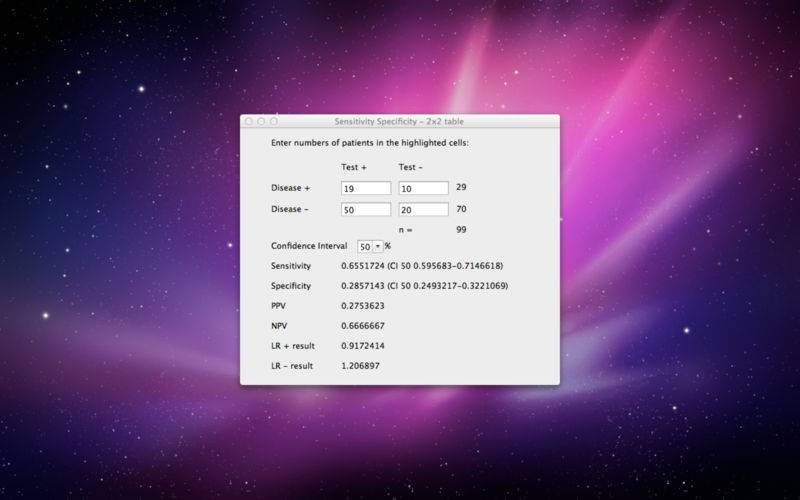点击按钮跳转至开发者官方下载地址...
Sensitivity and specificity are statistical measures of the performance of a binary classification test, also known in statistics as classification function. Sensitivity (also called the true positive rate, or the recall rate in some fields) measures the proportion of actual positives which are correctly identified as such (e.g. the percentage of sick people who are correctly identified as having the condition). Specificity measures the proportion of negatives which are correctly identified as such (e.g. the percentage of healthy people who are correctly identified as not having the condition, sometimes called the true negative rate). These two measures are closely related to the concepts of type I and type II errors. A perfect predictor would be described as 100% sensitive (i.e. predicting all people from the sick group as sick) and 100% specific (i.e. not predicting anyone from the healthy group as sick); however, theoretically any predictor will possess a minimum error bound known as the Bayes error rate.
For any test, there is usually a trade-off between the measures. For example: in an airport security setting in which one is testing for potential threats to safety, scanners may be set to trigger on low-risk items like belt buckles and keys (low specificity), in order to reduce the risk of missing objects that do pose a threat to the aircraft and those aboard (high sensitivity). This trade-off can be represented graphically as a receiver operating characteristic curve.







